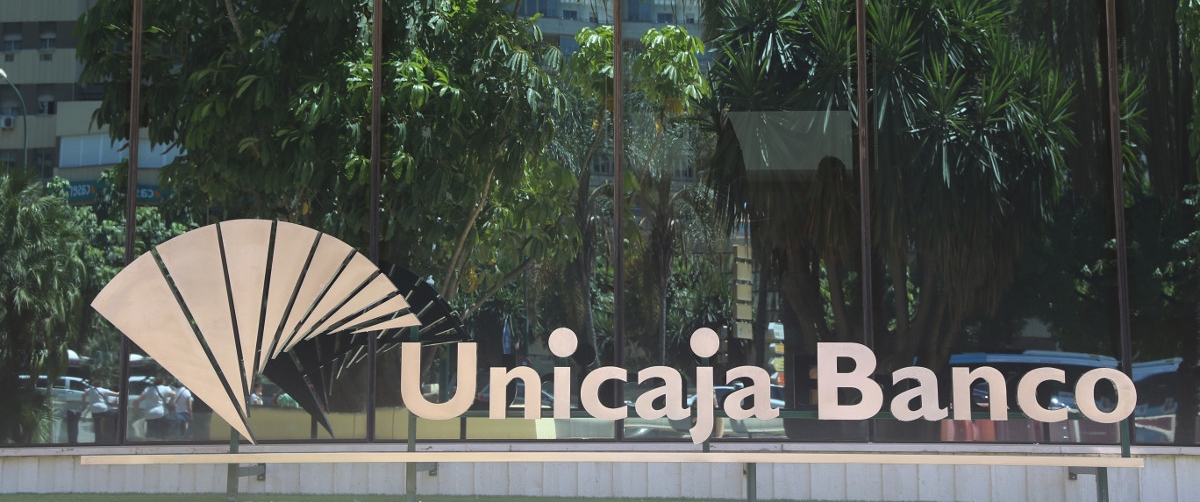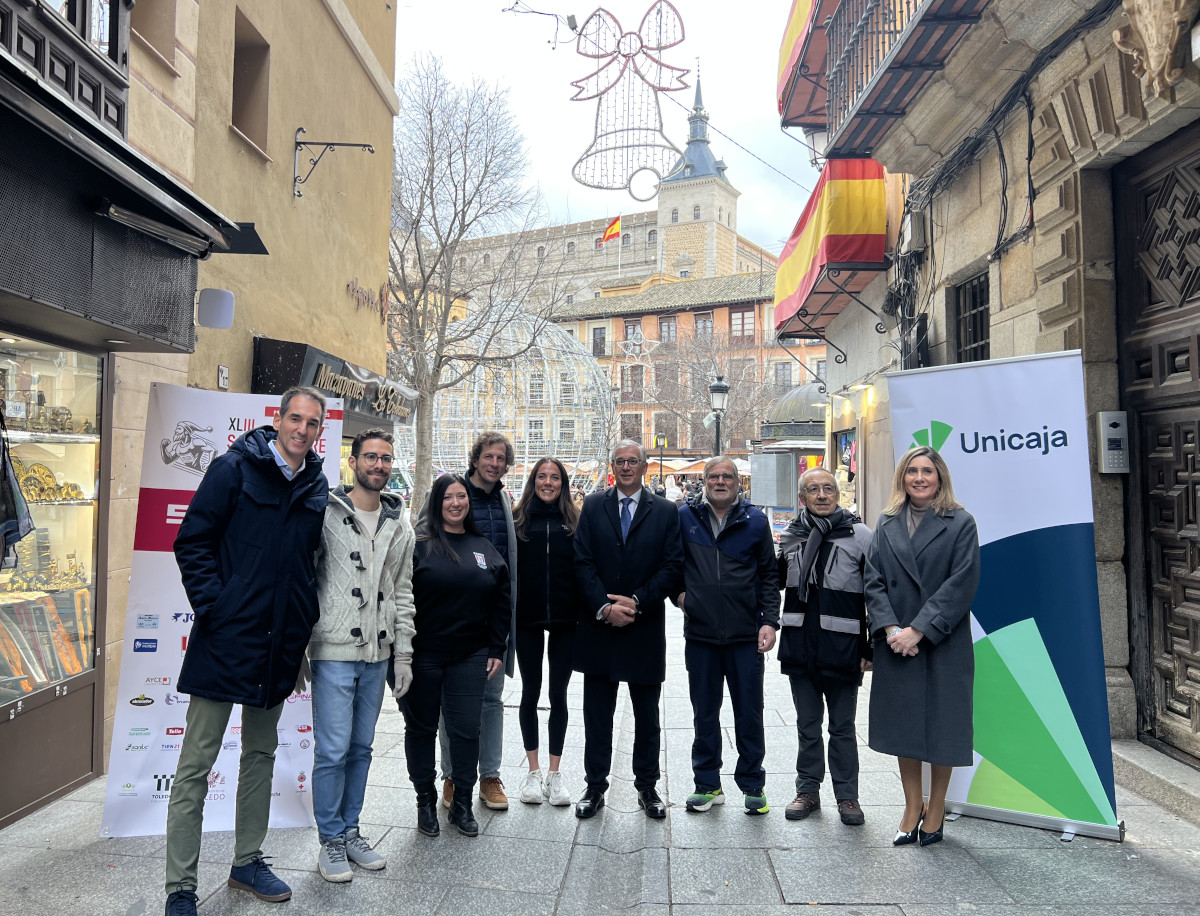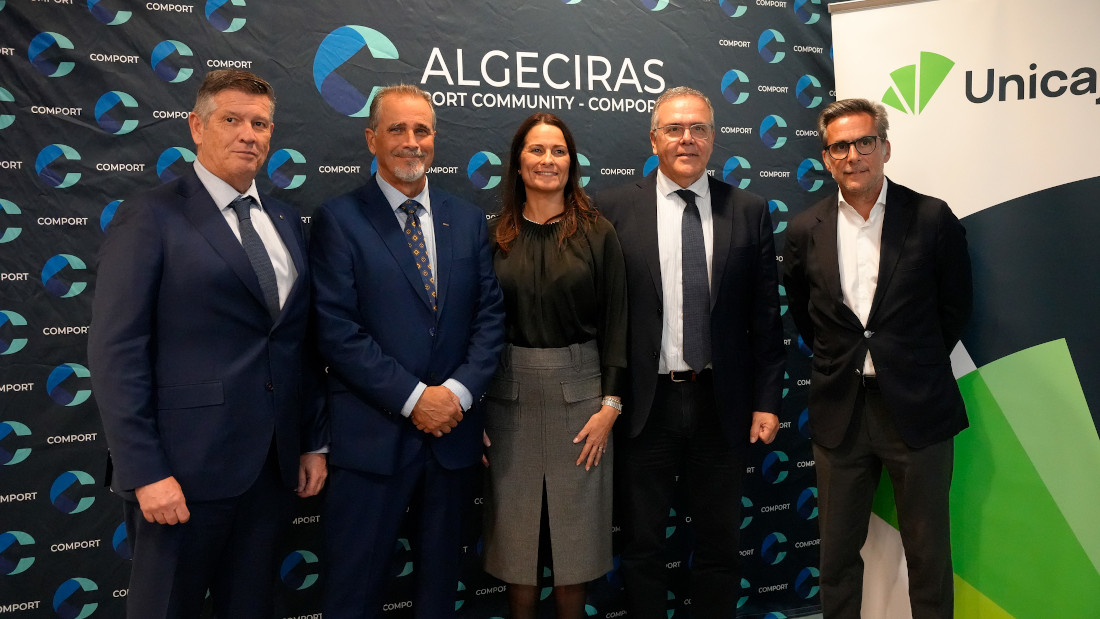Unicaja Banco presents today in Malaga its Strategic Plan 2022-24, focused on boosting business growth as a profitable, sustainable institution with better digital capabilities along with other channels, and with a low risk profile. The Plan is organized around five essential priorities and enabling axes: accelerating commercial activity via deeper specialization, improving efficiency through operational excellence, advanced risk management with a conservative profile, improving and expanding digital banking capabilities and commitment to sustainability in all business lines. Among other financial targets, the Plan includes achieving, at the end of the period, a ROTE (return on tangible equity) over 8%, and a capital generation of €1.5 billion.
The presentation of Unicaja Banco’s Strategic Plan, which has been approved by its Board of Directors, takes place in the context of the good pace at which the integration is developing, after the completion of the legal merger on 30 July and other progress made, such as the labour agreement reached on 3 December, the development of the organizational chart in all its levels or the scheduling of technology integration. The Plan is based on the bank’s view on four levels: shareholders (continuing to maximize organic capital generation), customers (prioritizing service quality), employees (enhancing skills and talent) and society (maintaining the social commitment in the home regions, with regards to environment and promotion of sustainable finance).
From the strengths of its foundations and the impact of the Strategic Plan’s actions, Unicaja Banco has set as goals for 2024: a growth in its performing loan book, with a 5% CAGR (more than 15% increase in balance); reaching an efficiency ratio below 50%; increasing off-balance sheet funds, mainly mutual funds, with a 14% CAGR (volume increase of 50% in the whole period); reducing NPA ratio to less than 4%; generating €1.5 billion of capital, and distributing to shareholders (pay-out ratio) at least 50% of the profit achieved, while maintaining a target of tier 1 capital (fully loaded) of at least 12.5%.
The Chairman of Unicaja Banco, Manuel Azuaga, has remarked that ‘the Strategic Plan intends to develop the bank’s potentialities and opportunities after the merger, strengthening and improving our action in the regions where we operate on the unwavering basis of our values and principles, and building on the strengths of being a leading institution in retail banking in six Autonomous Communities, with a proven trajectory of cost reduction, prudent risk and business management and capital generation with a sound historic position of capital and balance’
The bank’s CEO, Manuel Menéndez, has highlighted that ‘we rely on the specialization of our business model to accelerate our commercial activity, with the priority goals of continuing to improve our service proposal to customers and of generating greater profitability and, therefore, more shareholder value’. Additionally, the CEO has remarked the bank’s ambition ‘to develop agile processes and advanced analytics tools’, especially in the area of risks, where we will ‘maintain the prudent approach that characterizes us’
First axis. Accelerating commercial activity through deeper specialization
The Strategic Plan sets as first axis a deeper specialization to accelerate commercial activity, with a new organizational structure to support the commercial dynamics with focus on customers and profitability. For that purpose, the Plan focuses on using and boosting the existing strengths, mainly mortgage lending business, and on activating the best practices in the business lines with more room to improve, such as consumer lending, payments or mutual funds.
Thus, the bank intends to scale and consolidate its leadership position in mortgage lending, with large market shares in its home regions and a growing penetration in new markets. With measures such as agile mortgage management processes (with an average time to cash of less than 25 days), Unicaja Banco expects its national market share to grow in the three-year period from 6.1% to 7.2%, what would increase the outstanding mortgage amount by over 25% (over €8 billion), tripling the inertial pace foreseen for the whole Spanish banking sector.
From this position of mortgage leadership, Unicaja Banco plans, in consumer lending, to increase penetration among existing customers, applying the best internal practices, with the goal of rising its market share in this business line, from 1.8 to 2.6%. For that purpose, the management of pre-approved loans, the increased and improved activation of digital channels and the use of third-party agreements (Real Madrid or Play Station alliances, for instance) are essential tools to achieve those goals.
In the area of payments, through a digital comprehensive process to improve customer experience and to supplement the range of payment products, the bank expects to reach the natural market share, increasing the market share of total turnover in cards to up 4%.
The annual growth over 20% annually over the last 4 years in mutual funds and long-term savings instrument is the base of the Strategic Plan actions regarding these business lines, where, in addition to continue to boost volumes (so that mutual funds weight on total customer funds stands above 17%, compared to the current 12%), the bank will improve the mix of funds and products.
In the area of insurances, new markets appear in the corporate and SMEs segments, as well as due to the strengthening of cross-selling. Caser will remain as partner in non-life or general insurances. Individual customers will be offered the unification and loyalty programmes of insurances via the Plan Uni Seguro service.
In the commercial area, the larger size will allow the bank, in addition to supplement the offering of products to companies, to enter new business lines that have had so far a low relevance, such as corporate banking or high value transactions (currency, foreign trade, etc.).
Second axis. Efficiency improvement trough operational excellence
This commercial boost strategy is based on the Plan’s second axis, which is the efficiency improvement through operational excellence. This requires, among other actions, a re-engineering of processes, with a customer-centric view based on the optimization of timings and processes, as well as the streamline of back-office processes, which will allow the staff to focus on value services and on attention to the financial needs of customers. All of the above will result in the operational offload at branches and also in process automation, through the application of advanced data use new technologies, such as machine learning, to improve efficiency. In this area, remote service is one of the highest value actions and with more room to improve in service and value generation. The remote salesforce will, therefore, expand from the current 67 to some 500 employees.
Third axis. Advanced risk management with a conservative profile
The supplement to this commercial dynamic is to boost the bank’s historic strength, based on a low risk profile (relying on the growth in low-risk credit, such as mortgage lending and pre-approved consumer lending). From those foundations, as a third axis, an advanced risk management will be implemented (maintaining the said low risk profile), promoting digital and remote management capabilities, optimizing the pre-approved models and simplifying the admission process.
Likewise, the asset quality will improve thanks to the prudent approach and low risk profile, to the enhanced management of non-financial risk and the integration of climate risks in transactions and daily management. The improvement in the process of recovery and reduction of NPAs will join the said actions and will be based on a higher specialization of teams and in an improvement in processes with the use of advanced analytics and tools.
Fourth and fifth axes. Digital banking and sustainability
The Strategic Plan completes the areas of action and improvement in digital banking and in the new challenge of sustainable finance, as its fourth and fifth axes.
On the one hand, through a model of selective investment the institution intends to improve and increase its current digital banking capabilities, with the goal of increasing digital sales, which would grow from the current 11% to 25%, through the opportunities posed by the open-banking model and in association with partners that are leaders in their sectors, such as Real Madrid or Play Station, as well as to increase the added value services. The goal is to get a digital banking with an end-to-end offering, with a comprehensive offering where the digital experience allows customers to complete the subscription of products over that channel.
On the other hand, there is a commitment to sustainability in all the business lines. The new challenge of sustainability is assumed by Unicaja Banco as an opportunity to further develop and enhance its day-to-day management. For that purpose, the bank will work in a renewed offering of products and services, in the reduction of its carbon footprint and, at the same time, will promote the culture of sustainability and climate risk management and identification.
In that line, the bank’s ambition is that 75% of funds meet the ESG standards, developing a specific product offering, including the green mortgage, agro ECO sustainable credit line, renewal energy loans, mobility master plan and green eco motor loans, sustainable pension and mutual funds or insurance for e-cars.
The lines above will be completed with the bank’s long-standing commitment to social responsibility and financial education.



